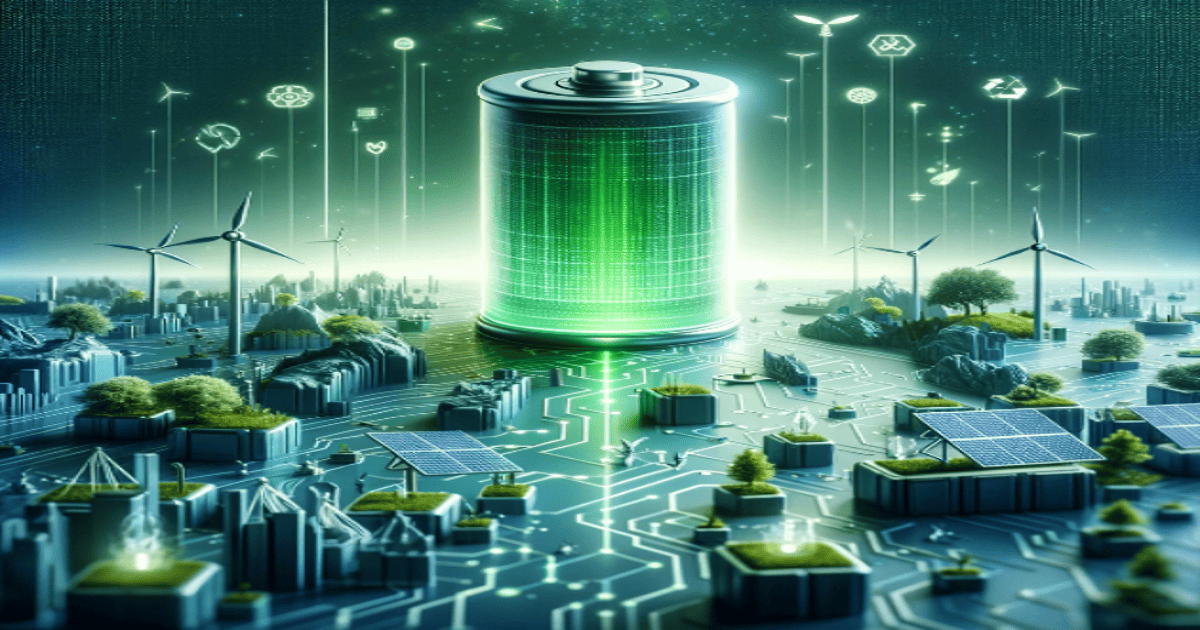Novel Materials for Green Energy Conversion and Storage
A special issue of Materials (ISSN 1996-1944). This special issue belongs to the section "Energy Materials".
Deadline for manuscript submissions: closed (10 August 2024) | Viewed by 1675

Special Issue Editor
Special Issue Information
Dear Colleagues,
Emerging materials for energy conversion and storage offers a comprehensive overview of the latest advancements in materials for energy conversion technologies, including solar cells and fuel cells, as well as energy storage technologies such as batteries, supercapacitors, and hydrogen storage systems. This Special Issue primarily focuses on innovative materials that play a pivotal role in the conversion and storage of renewable energy sources. It delves into advancements that significantly improve the efficiency, durability, and cost-effectiveness of these energy sources. The aim is to develop novel materials that offer improved performance, durability, and cost-effectiveness, thereby making green energy solutions more viable and accessible. This Special Issue welcomes submissions of original research on photovoltaic materials for solar energy, wind turbine materials for wind energy, and electrochemical materials for hydrogen production and storage. Additionally, it explores the sustainability aspect of these materials, emphasizing how they can contribute to a more sustainable and environmentally friendly future of energy. By highlighting these novel materials, this Special Issue aims to provide insights into overcoming current barriers in green energy technologies and fostering further innovation in this field.
Dr. Guang Yang
Guest Editor
Manuscript Submission Information
Manuscripts should be submitted online at www.mdpi.com by registering and logging in to this website. Once you are registered, click here to go to the submission form. Manuscripts can be submitted until the deadline. All submissions that pass pre-check are peer-reviewed. Accepted papers will be published continuously in the journal (as soon as accepted) and will be listed together on the special issue website. Research articles, review articles as well as short communications are invited. For planned papers, a title and short abstract (about 100 words) can be sent to the Editorial Office for announcement on this website.
Submitted manuscripts should not have been published previously, nor be under consideration for publication elsewhere (except conference proceedings papers). All manuscripts are thoroughly refereed through a single-blind peer-review process. A guide for authors and other relevant information for submission of manuscripts is available on the Instructions for Authors page. Materials is an international peer-reviewed open access semimonthly journal published by MDPI.
Please visit the Instructions for Authors page before submitting a manuscript. The Article Processing Charge (APC) for publication in this open access journal is 2600 CHF (Swiss Francs). Submitted papers should be well formatted and use good English. Authors may use MDPI's English editing service prior to publication or during author revisions.
Keywords
- green energy
- energy conversion
- energy storage
- photovoltaic materials
- solar cells
- hydrogen energy
- sustainability
- battery
- functional materials
Benefits of Publishing in a Special Issue
- Ease of navigation: Grouping papers by topic helps scholars navigate broad scope journals more efficiently.
- Greater discoverability: Special Issues support the reach and impact of scientific research. Articles in Special Issues are more discoverable and cited more frequently.
- Expansion of research network: Special Issues facilitate connections among authors, fostering scientific collaborations.
- External promotion: Articles in Special Issues are often promoted through the journal's social media, increasing their visibility.
- Reprint: MDPI Books provides the opportunity to republish successful Special Issues in book format, both online and in print.
Further information on MDPI's Special Issue policies can be found here.






